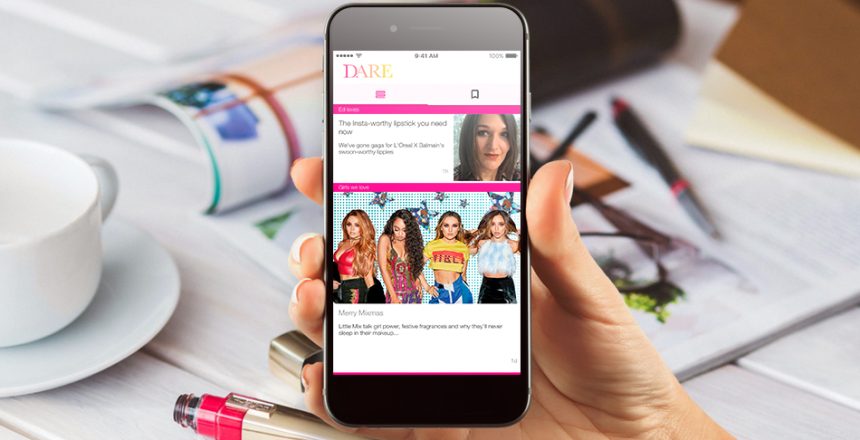Since the dawn of the dot-com era, publishers have been looking at myriad ways to distribute their content to the world. The past two decades have changed forever the way people discover, engage with and consume content.
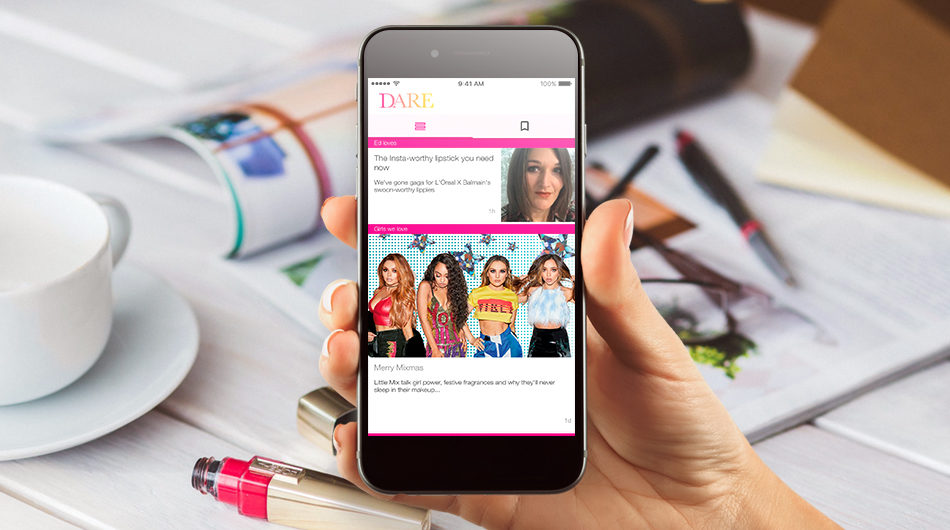
Publishers who needed to evolve their product to the next level inevitably turned to social media. Facebook, Twitter, Instagram – endless feeds of sticky content, which have us coming back each and every day (in some cases every 5 minutes). Our news consumption habits have gone from reading a newspaper each morning to being on standby as our phones notify us of every single moment.
Mobile has made our searching habits even more instantaneous and second nature. Don’t know an actor’s name in the TV show you’re watching? It’ll be only a matter of seconds before you reach for your phone and Google it.
The social media news feed is a familiar environment for many – a forever revolving shop window, fulfilling our FOMO (fear of missing out). So what if publishers took this kind of user behaviour, and started using it to their advantage? After all, rising above the noise being generated online means having to publish more than just every issue.
Google recently announced the rollout of a Facebook-style mobile news feed to its homepage. Facebook is becoming more of a rival to Google, and by adopting this feature, the user experience will become as familiar to everyone as possible.
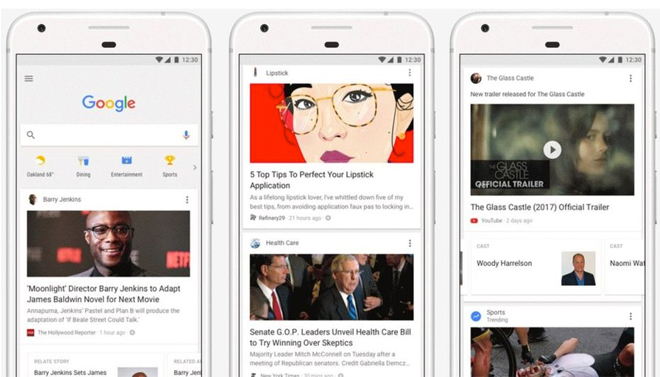
ITV2’s most-watched show, Love Island, is no stranger to the news feed-style app. Broadcast every weekday, the reality show was brimming with regular content, delivered in fresh posts that allowed users to respond with emoji reactions. It kept a sense of community with the viewers, using common Facebook-style interactions that people are familiar with.
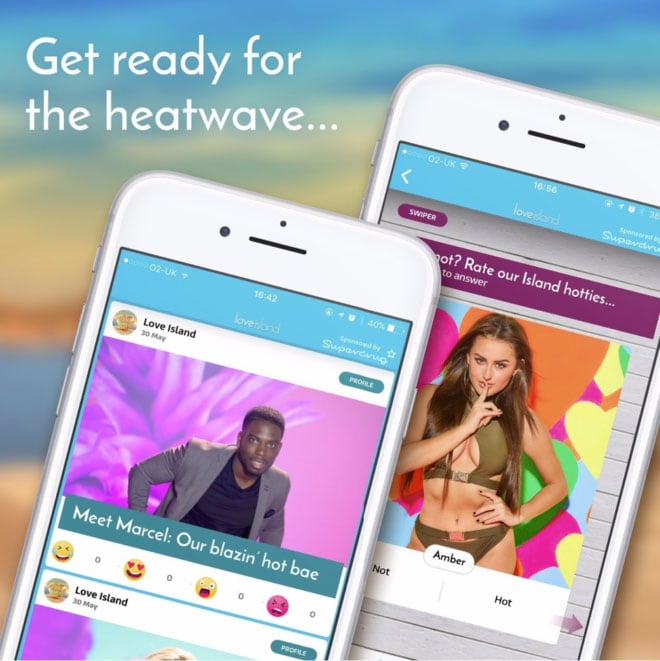
The River Group has also launched its first news feed-style app for Superdrug’s DARE, which features daily posts ranging from beauty how-to videos to celebrity interviews.
The new DARE Magazine app is a response to the fast-moving pace of beauty content consumed online. Beauty readers are inundated with content online from YouTube, Instagram and all their favourite bloggers, so to keep up requires more than a bi-monthly output within a digital environment.
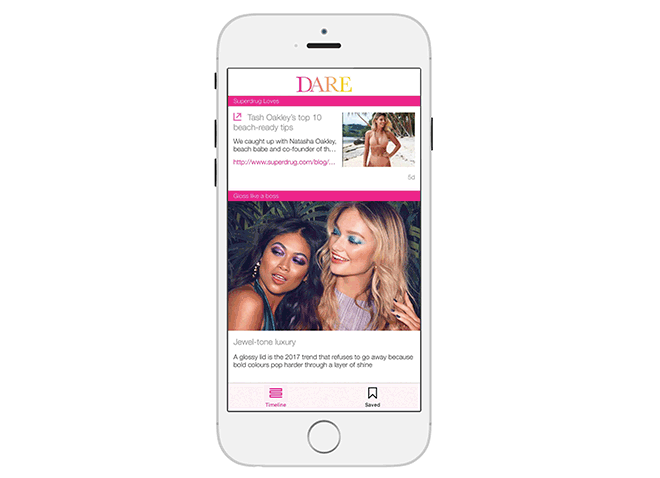
FIPP reported in early 2016, past the Apple News shift, that The Economist has shown an impressive gain of 225% digital edition sales year on year, which is hitting 71,000 people per issue, just under half its total print readership.
In 2015, the average percentage of digital subscriptions of all news title sales rose 6% to an average of about 36,000 per title. Nonetheless, digital subscriptions still comprise just 4% of overall news title subscriptions.
So where does that leave the digital magazine industry? Ultimately, with more choices than before. Not every title will suit a daily digital news feed, stemming all the way from the structure of the editorial team to the type of content itself. But it does also open avenues for competitive sectors that are saturated to cut through the noise with a firm regular reminder to its readership.
Certain genres of content come with their own set of unwritten rules and reader expectations, which, if ignored, only make the job of rising above the noise that much harder.



